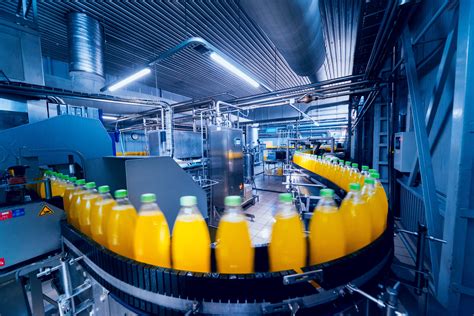The Complete Guide to Recipes in the Food and Beverage Industry
The food and beverage industry is a vast and dynamic sector, encompassing everything from farm-to-table restaurants to multinational corporations. At its heart, however, lies the recipe – the fundamental blueprint for every product. This guide will delve into the crucial role of recipes in this industry, exploring their creation, management, and importance for success.
The Importance of Standardized Recipes
In the food and beverage industry, consistency is king. Whether you're running a small cafe or a large-scale manufacturing plant, standardized recipes are essential. They ensure that every product meets specific quality standards, regardless of who prepares it or where it's prepared. Standardized recipes eliminate guesswork and contribute to:
- Brand consistency: Customers expect the same taste and quality every time they purchase your product.
- Cost control: Precise ingredient measurements minimize waste and ensure accurate costing.
- Efficient production: Clear instructions streamline the production process, improving speed and efficiency.
- Food safety: Standardized recipes help ensure adherence to food safety regulations and minimize the risk of contamination.
Key Elements of a Standardized Recipe
A well-written recipe goes beyond simply listing ingredients. It needs to be a precise, comprehensive document that leaves no room for ambiguity. Key elements include:
- Recipe Name: Clear and concise, accurately reflecting the dish.
- Yield: The quantity produced by the recipe (e.g., number of servings, weight).
- Preparation time: Estimated time to prepare the ingredients.
- Cooking time: Estimated time required for cooking or processing.
- Ingredients: A precise list of ingredients with specific measurements (weight, volume). Consider using metric units for better consistency.
- Instructions: Step-by-step directions, clear and easy to follow. Use action verbs and avoid vague language.
- Nutritional Information: Including calories, fat, protein, etc. This is becoming increasingly important for consumer awareness.
- Equipment list: This is particularly useful for larger scale productions or complex recipes.
- Storage Instructions: How to properly store the finished product to maintain quality and safety.
- Recipe photograph: A high-quality image to showcase the finished product.
Recipe Development and Testing
Developing a successful recipe requires meticulous attention to detail and rigorous testing. This process usually involves:
- Idea Generation: Brainstorming and researching new flavour profiles, incorporating trends and customer feedback.
- Recipe Formulation: Experimenting with different ingredients and ratios to achieve the desired taste and texture.
- Recipe Testing: Multiple rounds of testing and refining the recipe to ensure consistency and quality. This involves feedback from tasters and adjustments based on their comments.
- Standardization: Finalizing the recipe and documenting it using the elements outlined above. This is the crucial step to achieving consistency.
- Cost Analysis: Calculating the cost of ingredients to determine profitability.
Recipe Management Systems
For larger businesses, recipe management software can be an invaluable tool. These systems help streamline recipe development, testing, and implementation. They often offer features such as:
- Centralized Recipe Database: Easy access to all recipes in one place.
- Version Control: Track changes made to recipes over time.
- Ingredient Tracking: Manage ingredient costs and inventory.
- Nutritional Information Calculation: Automatic calculation of nutritional values.
Conclusion
Recipes are the backbone of the food and beverage industry. By mastering recipe development, standardization, and management, businesses can ensure consistent product quality, control costs, and ultimately, achieve greater success. Investing in effective recipe management and paying close attention to detail will undoubtedly contribute to a thriving and profitable business.
